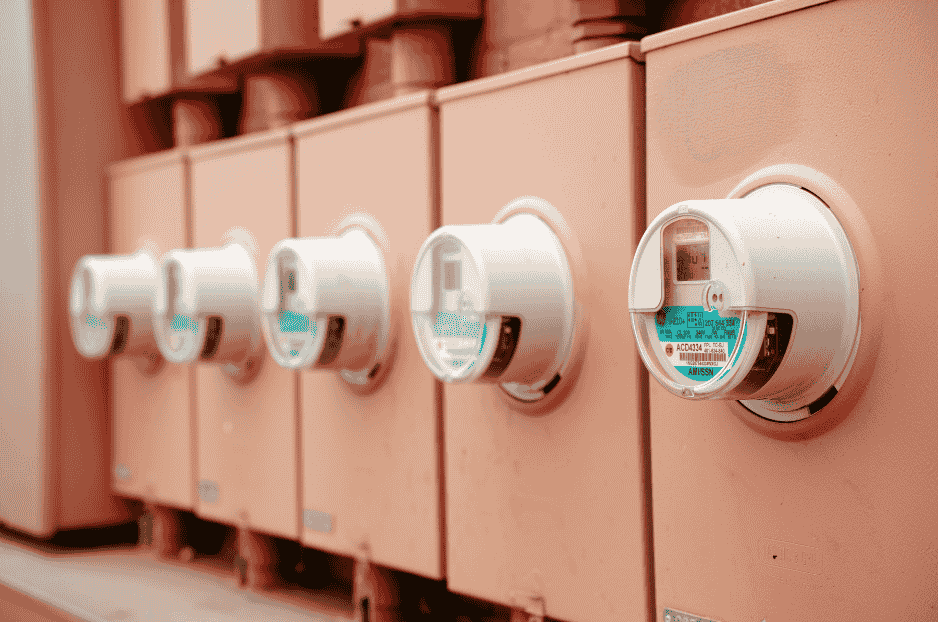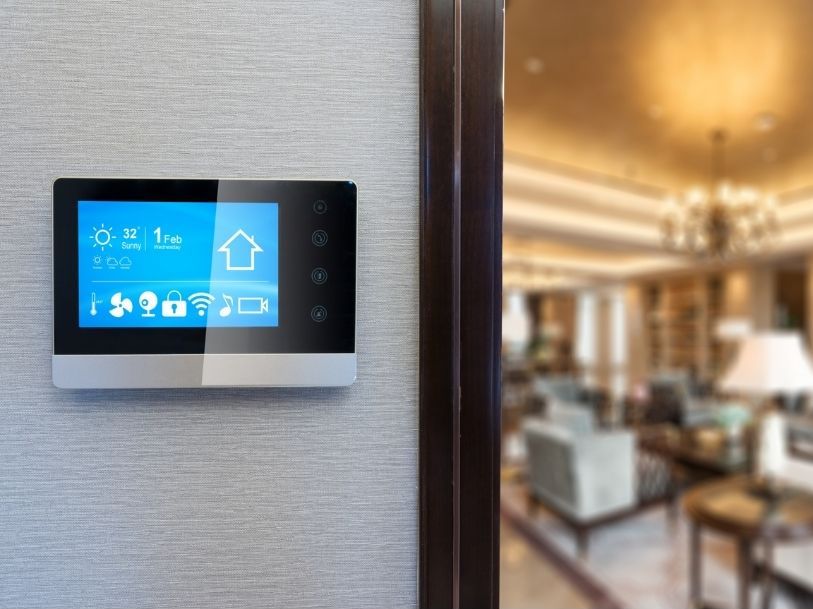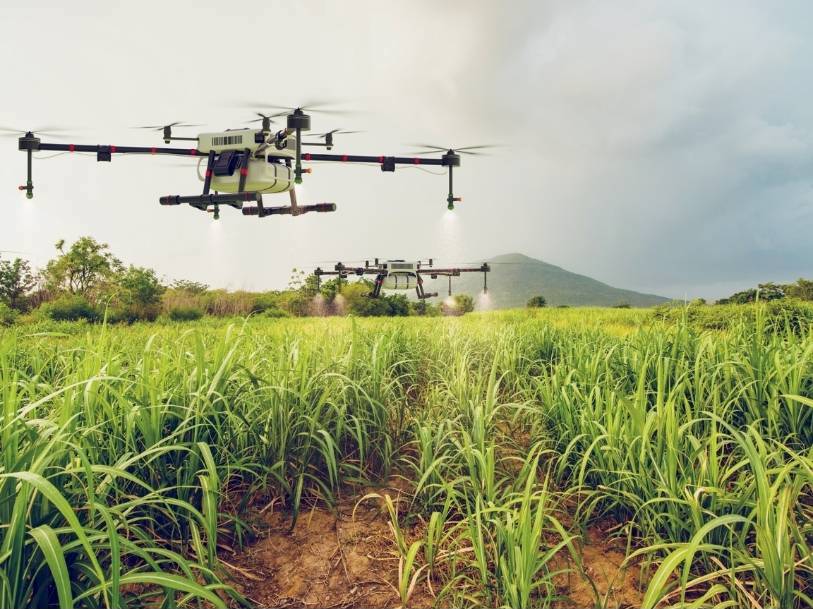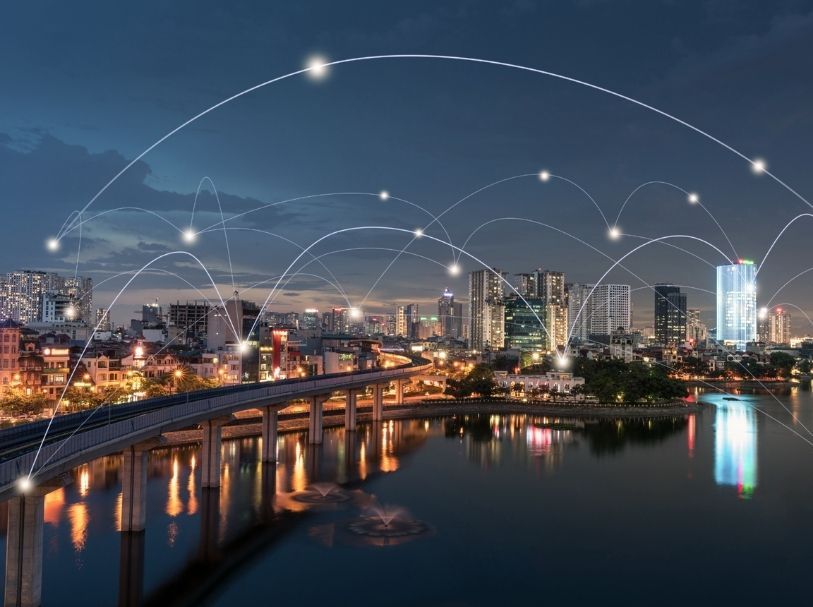🚨 The Challenge
- Legacy meters lacked real-time monitoring or remote access
- Field teams manually recorded readings and diagnosed faults
- No predictive maintenance or energy theft detection in place
- Pressure from regulators to modernize infrastructure and improve transparency
- Customer billing disputes due to inconsistent meter data
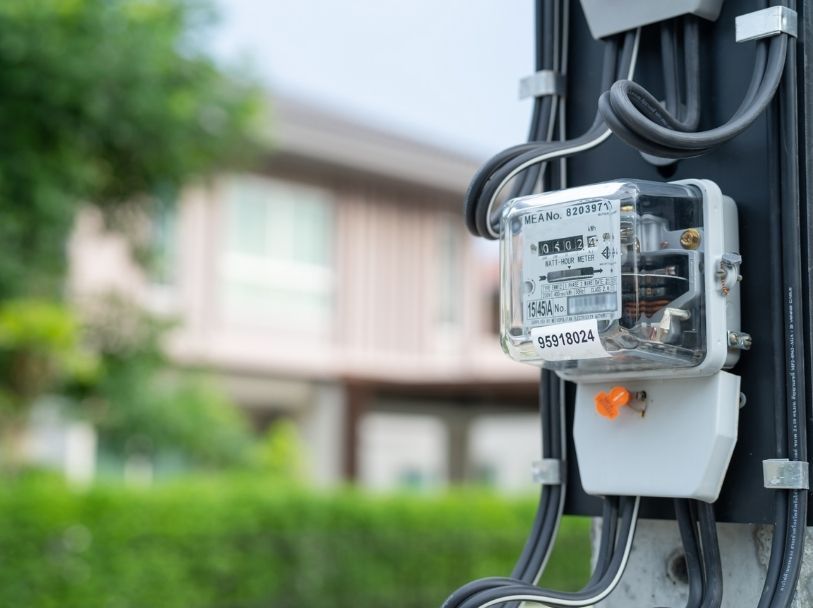
💡 The Wavefuel Solution
✅ 1. Smart Meter Integration Across Protocols
Wavefuel connected thousands of smart meters using Modbus, NB-IoT, and HTTP, allowing for real-time data ingestion from diverse sources.
✅ 2. Halo Dashboards for Utilities Operations
Provided detailed dashboards showing:
- Live consumption metrics
- Line losses
- Water pressure anomalies
- Outage zones
- Billing patterns by region or user type
✅ 3. AI Assistant for Utility Admins
Lighthouse AI helped ops managers ask:
- “List all meters with no data in last 24h”
- “Show water pressure drops by zone over past week”
- “Trigger load shift to avoid overload in Zone C”
✅ 4. Rule Engine for Automation & Fault Response
Automations included:
- Real-time alerts for leak detection and unauthorized electricity usage
- Load shedding automations based on grid stress
- Notifications to field teams on pressure drops or abnormal voltage
✅ 5. SDK for Customer-Facing Apps
Wavefuel’s SDK enabled the utility provider to build a mobile app for end-users to view usage, get outage updates, and manage bills.
📈 The Result
- 🧾 Customer billing accuracy increased by 95%
- 🔍 Energy theft detection up by 300% with automation
- 💧 Water loss reduced by 20% in pilot zones
- ⚡ Average outage response time dropped by 50%
- 📊 Dashboards used daily by 7 different utility departments
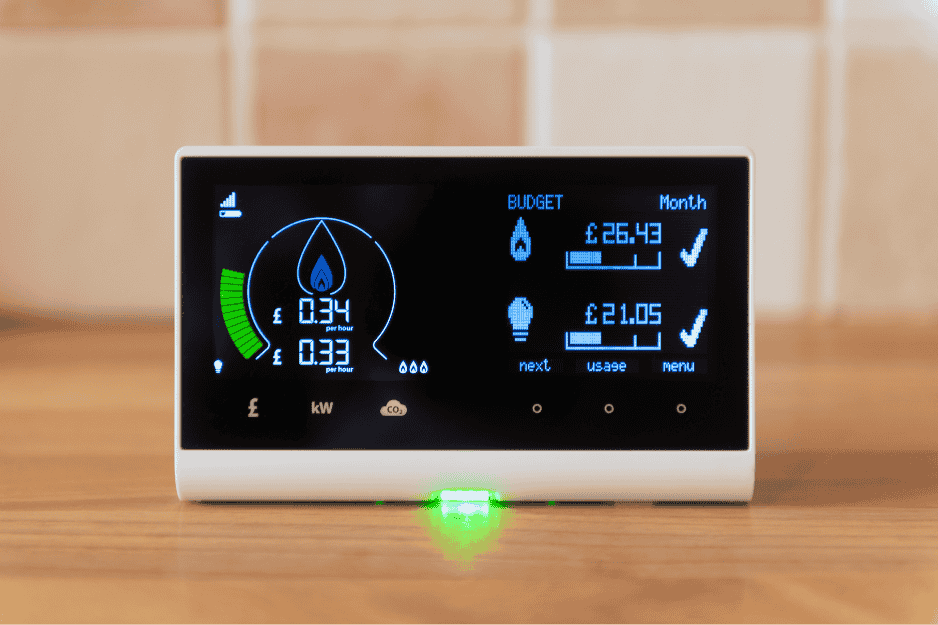
🧠 Key Features Used
- Multi-protocol smart meter integration
- Real-time Halo dashboards
- Automated fault alerts via Rule Engine
- Lighthouse AI for system-wide queries
- SDK for consumer mobile app development
